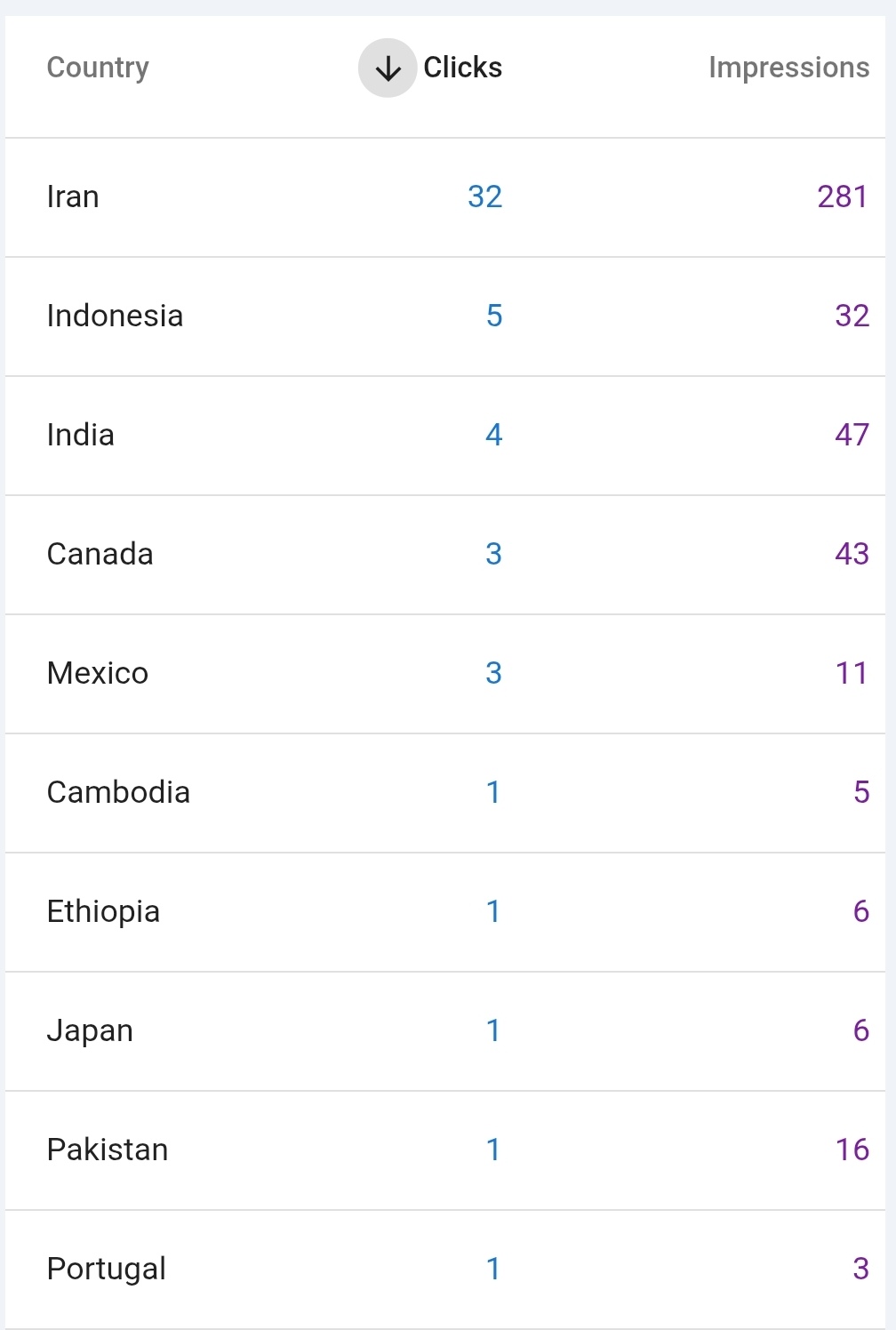An ergonomic imperative for the silent epidemic of musculoskeletal disorders in health networks
Stretching Exercise Interventions
DOI:
https://doi.org/10.1000/bdj5x897Palabras clave:
Reliability and Validity, exercises, Muscle, Skeletal, Commitment to a plan of action, Health Promotion.Resumen
Musculoskeletal disorders (MSD), a major occupational health problem in the healthcare sector, are often exacerbated by prolonged uncomfortable or static positions, handling patients and heavy physical workloads. The productivity and welfare of health workers is severely compromised by the high prevalence of these disorders. The purpose of the study was to determine the exact prevalence of multiple sclerosis among medical personnel at the Pardis Health Network of the Shahid Beheshti University of Medicine in Tehran, Iran. The study design used was a cross-sectional design. The multistage cluster sampling was used for the selection of the sample of 90 health care workers. The Orebro questionnaire on musculoskeletal pain was used to collect information on the location and prevalence of MSD. The association between the individual variables and the prevalence of the disorder was examined by statistical analysis. The study confirmed that healthcare workers are at high risk of multiple sclerosis. The highest prevalence of musculo-skeletal disorders was 50 percent, and the lowest was 7 percent. Some disorders showed significant correlations with demographic variables (p<0.05): age and educational status were associated with lower back and arm disorders, and with education level with leg disorders. On the other hand, there was no apparent correlation between these factors and the upper back disorders. The results confirm the importance of personal factors in addition to work-related stress and are consistent with international research. Proactive ergonomic and behavioral interventions are urgently needed, as shown by the high prevalence of multiple sclerosis in the Pardis health network. The approval of the shortened version of the Commitment to Action scale for stretching was an important finding that underlined the importance of setting up reliable tools to support preventive stretching practices and successfully reducing the significant burden of MSD on healthcare professionals
Descargas
Referencias
Al-Ma'aitah, A., Al-Kloub, M., Al-Khazaleh, H., Al-Qadiri, M., & Khlaif, M. (2025). Work-Related Musculoskeletal Disorder Prevalence by Body Area Among Nurses in Europe: Systematic Review and Meta-Analysis. International Journal of Environmental Research and Public Health, 22(4), 652.
Aveyard, S., Saini, P., & Kahlon, S. (2024). Prevalence of Musculoskeletal Disorders among Healthcare Professionals: A Hospital-based Study. International Journal of Medicine, Psychology and Public Health, 1(1), 100004.
El-Gohary, R., & Ibrahim, M. S. (2017). Effects of stretching exercise training and ergonomic modifications on musculoskeletal discomforts of office workers: a randomized controlled trial. Journal of Physical Therapy Science, 29(12), 2111–2117.
Pourhaji, F., & Delshad, M. H. (n.d.). The Prevalence Rate of Musculoskeletal Disorders among Health workers Pardis Health Network. International Journal of Musculoskeletal Pain Prevention.
Widiyanto, A., Jadmiko, A. W., & Sulistiyani, S. (2022). Risk factor of work-related musculoskeletal disorders among health workers: A systematic review. International Journal of Public Health Science, 11(4), 1629-1639.

Descargas
Publicado
Licencia
Derechos de autor 2025 Creative Commons Attribution-NonCommercial 4.0 International License

Esta obra está bajo una licencia internacional Creative Commons Atribución-NoComercial-SinDerivadas 4.0.
This open-access journal is published under the terms of the Creative Commons Attribution-NonCommercial 4.0 International License which permits Share (copy and redistribute the material in any medium or format) and Adapt (remix, transform, and build upon the material) under the Attribution-NonCommercial term






































